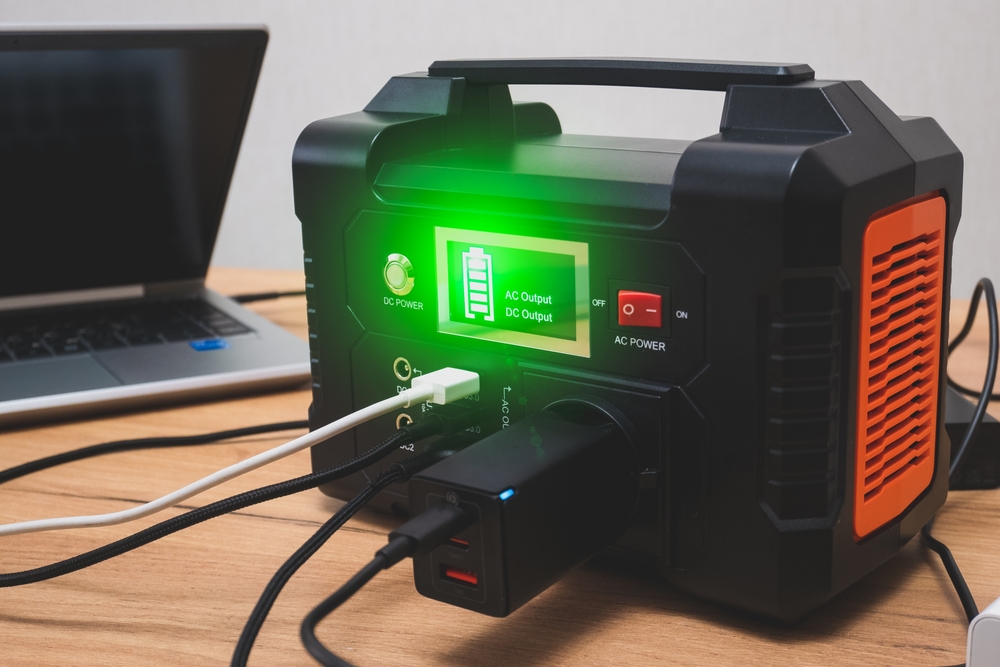Emergency Generators: Your Complete Guide to Home Backup Power
Power outages can strike at any time, leaving homes vulnerable to disruption, safety concerns, and property damage. Emergency generators provide crucial backup power when utility services fail, ensuring your home remains functional during blackouts caused by storms, grid failures, or other emergencies. Understanding the options, capabilities, and requirements of these systems helps homeowners make informed decisions about protecting their property and maintaining their lifestyle when the unexpected occurs.

Reliable Home Power: Your Guide to Whole House Generators
Whole house generators represent the most comprehensive solution for emergency power needs, providing electricity to your entire home rather than just a few critical circuits. These systems, typically powered by natural gas, propane, or diesel fuel, are permanently installed outside your home and connect directly to your electrical panel. Unlike portable generators, whole house systems activate automatically when utility power fails, eliminating the need for manual setup during emergencies.
Modern whole house generators range from 7kW units that power essential circuits to 20kW+ systems capable of maintaining your entire home’s electrical needs. When selecting a system, consider both your immediate power requirements and potential future needs. Most homeowners benefit from having professional load calculations performed to determine the appropriate generator size for their specific household demands, preventing both underpowered systems and unnecessary expenses on oversized units.
Seamless Power Transition: Benefits of Whole House Generators
The primary advantage of whole house generators is their ability to provide an uninterrupted power supply during outages. This seamless transition happens through an automatic transfer switch that detects utility power loss and signals the generator to start—typically within seconds. For homes with medical equipment, security systems, or other critical electrical needs, this automatic response eliminates dangerous gaps in power supply.
Beyond emergency situations, whole house generators deliver additional benefits including protection for sensitive electronics from power surges when utility service resumes, preservation of perishable food, continued access to heating and cooling systems, and maintenance of communication systems during extended outages. Many homeowners also report significant peace of mind knowing their homes remain protected regardless of external circumstances. For areas prone to frequent or extended power disruptions, these systems often contribute positively to property values as well.
Power Through Storms: Essential Generator Sizing & Capacity
Determining the correct generator capacity represents perhaps the most crucial decision in the selection process. Undersized generators may fail under load or damage connected appliances, while oversized units waste fuel and money. Generator sizing begins with calculating your home’s electrical requirements, focusing on both continuous loads (refrigerators, sump pumps) and starting loads (which can be 3-7 times higher than running wattage).
Most residential properties require generators in the 10-20kW range, though homes with larger square footage or specific power-intensive needs may require systems up to 48kW. Factors affecting sizing include geographical location (heating/cooling demands), home size, electrical panel capacity, and specific devices requiring power during outages. Professional evaluation ensures proper sizing while addressing code compliance and safety requirements, particularly for natural gas connections and electrical integration with existing home systems.
Smart Home Integration: Modern Generator Monitoring & Control
Today’s emergency generators offer unprecedented connectivity and control options. Advanced models include Wi-Fi capabilities, smartphone applications, and integration with existing smart home platforms. These features enable remote monitoring of system status, fuel levels, maintenance needs, and power production statistics. Some systems even provide automated notifications when maintenance is required or when the generator activates during your absence.
Integration with home automation systems allows generators to work intelligently within your broader household ecosystem. For example, smart thermostats can automatically adjust temperature settings during generator operation to reduce power consumption while maintaining comfort. Similarly, energy management systems can prioritize critical loads during extended outages to conserve fuel. These intelligent features transform generators from simple backup devices to sophisticated components of a comprehensive home resilience strategy.
Automatic Backup Systems: Understanding the Transfer Switch
The transfer switch represents the critical connection point between your home’s electrical system, the utility grid, and your generator. This device continuously monitors incoming utility power and automatically transfers your home’s electrical load to the generator when it detects an outage. When utility power returns, the switch seamlessly transitions your home back to the grid and signals the generator to shut down.
Transfer switches come in several configurations, with two primary types dominating the residential market: standard automatic transfer switches and service-rated transfer switches. The latter integrates the main disconnect and can replace your existing electrical panel entirely. Most whole house generators require 200-amp transfer switches to match standard residential service panels, though homes with larger electrical services may need customized solutions. Professional installation is essential, as improper transfer switch configuration can create dangerous backfeed situations for utility workers or damage to connected equipment.
| Generator Type | Typical Capacity Range | Fuel Options | Estimated Cost Range (Installation Included) |
|---|---|---|---|
| Portable Generators | 3-10kW | Gasoline, Propane | $500-$2,000 |
| Home Standby (Partial House) | 7-15kW | Natural Gas, Propane | $4,000-$10,000 |
| Whole House Generators | 16-48kW | Natural Gas, Propane, Diesel | $10,000-$30,000 |
| Commercial Standby | 50kW+ | Diesel, Natural Gas | $30,000+ |
Prices, rates, or cost estimates mentioned in this article are based on the latest available information but may change over time. Independent research is advised before making financial decisions.
Investing in an emergency generator represents a significant decision for homeowners seeking resilience during power disruptions. The right system balances your household’s power requirements, budget constraints, and installation considerations. While initial costs may seem substantial, the long-term benefits of maintaining essential services, protecting property, and ensuring family safety during emergencies provide valuable returns on this investment. By understanding generator types, sizing requirements, control systems, and transfer mechanisms, homeowners can make informed choices that enhance their property’s functionality and security regardless of external power conditions.




